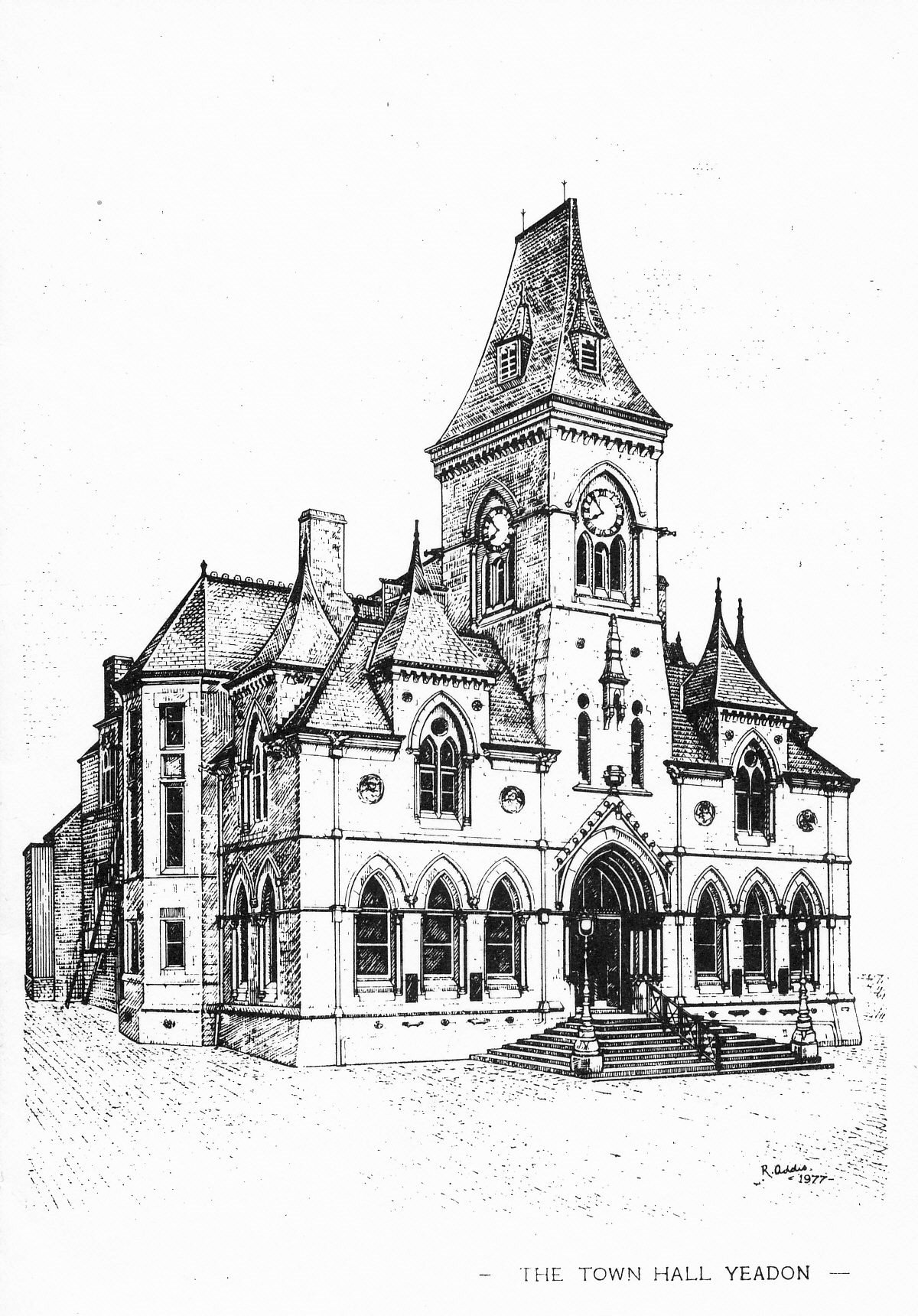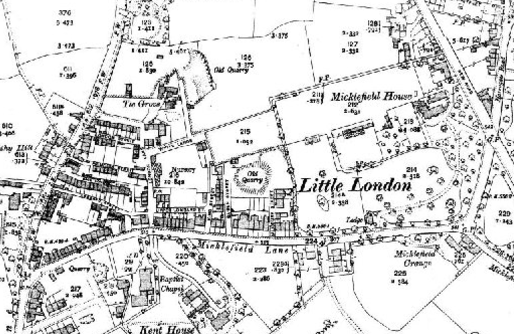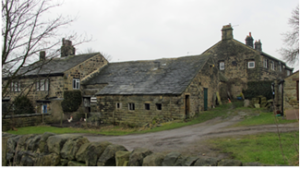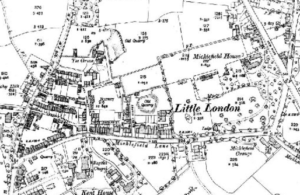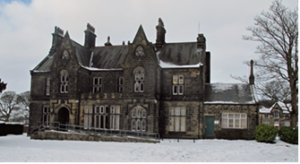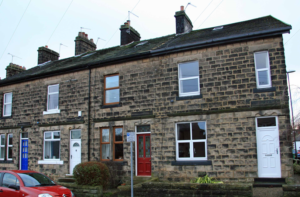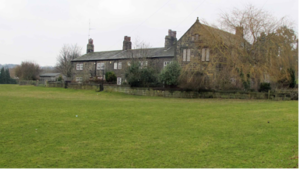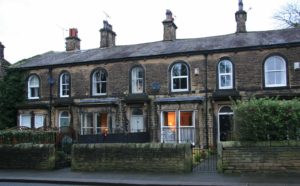A Guided Walk Around the Nether Yeadon & Little London (Rawdon) Conservation Areas led by Andy Graham, Urban Designer and former Conservation Officer for Leeds City Council
Aireborough has eight Conservation Areas. Find out what makes 2 of them special and how our heritage is protected from unsuitable change. We are fortunate in having a wonderful variety of historic buildings in many separate settlements combined with beautiful Pennine countryside. Our Conservation Areas are there to protect and improve these places for the future.
Cost
£3 – goes towards the Aireborough Civic Society fund for new Blue Plaques.
Booking
To book your place and find out the starting place, please telephone 0113 2503580
About Aireborough Conservation Areas
Aireborough has eight Conservation Areas. Find out what makes 2 of them special on Civic Day, 17th June, this year with the Aireborough Civic Society Civic Day Guided Walk around Nether Yeadon & Little London. It is remarkable that these 2 areas of character are so near each other, but so very different. It is our responsibility to protect this heritage from unsuitable change.
Find out how Conservation Areas give limited protection. It is 50 years since the government recognised the importance of ‘areas of special character’ and the need to protect them. Conservation Areas were introduced in 1967. Before that anyone owning a building in these areas could demolish it at whim, irrespective of its attractiveness and history.
This part of Leeds is fortunate in having a wonderful variety of historic buildings in many separate settlements combined with beautiful Pennine countryside. Aireborough has eight Conservation Areas. Nether Yeadon is hidden away and still surprisingly rural, and Little London is a close knit community of former weavers’ cottages.
More information about Nether Yeadon
Nether Yeadon is a rare survivor of pre-industrial Aireborough. It has excellent examples of early Yeomen’s houses and agricultural buildings, 10 of them grade II listed, all set within an historic, agricultural landscape setting. Of particular note is Low Hall, which has remnants of Esholt Priory in its fabric. These types of buildings do survive in other areas in Aireborough, but their all important surroundings have gone, many swallowed up by recent housing developments.
Clive Woods, Chairman of Aireborough Civic Society said, ‘We are very pleased that Leeds has recognised the distinctiveness of Aireborough by increasing the size and number of our Conservation Areas. It helps our communities to keep the best of our heritage and should mean that our Green Belt has greater protection. New buildings should be of high quality. However even with Conservation Area protection we still have to persuade planners and developers that some less obvious Heritage buildings should be converted and not demolished, in particular our industrial heritage. Leeds has done a great job of creating new Conservation Areas but has been less successful in protecting important details like original windows and doors. An even bigger challenge is the threat to build yet more new homes in these areas as part of the Leeds Core Strategy and now in the controversial Site Allocations Plan.’
Conservation Areas
Conservation areas were introduced in England, Wales and Scotland in the Civic Amenities Act 1967 through a private members bill led by Lord Duncan Sandys. When conservation areas legislation was introduced there was widespread public concern over the pace of redevelopment in our historic towns and cities. Today there are over 10,000 conservation areas in the UK (approximately 9,300 in England, 500 in Wales, 650 in Scotland and 60 in Northern Ireland) reflecting the popularity of this legislative tool in identifying and protecting our most valued historic places.
Conservation area designation essentially controls the demolition of unlisted buildings over a certain size and works to protect trees, restricts permitted development rights on dwelling houses and tightens regulations on advertising. It also places a statutory duty on local planning authorities to pay special attention to preserving or enhancing the character or appearance of conservation areas while undertaking their planning duties.
